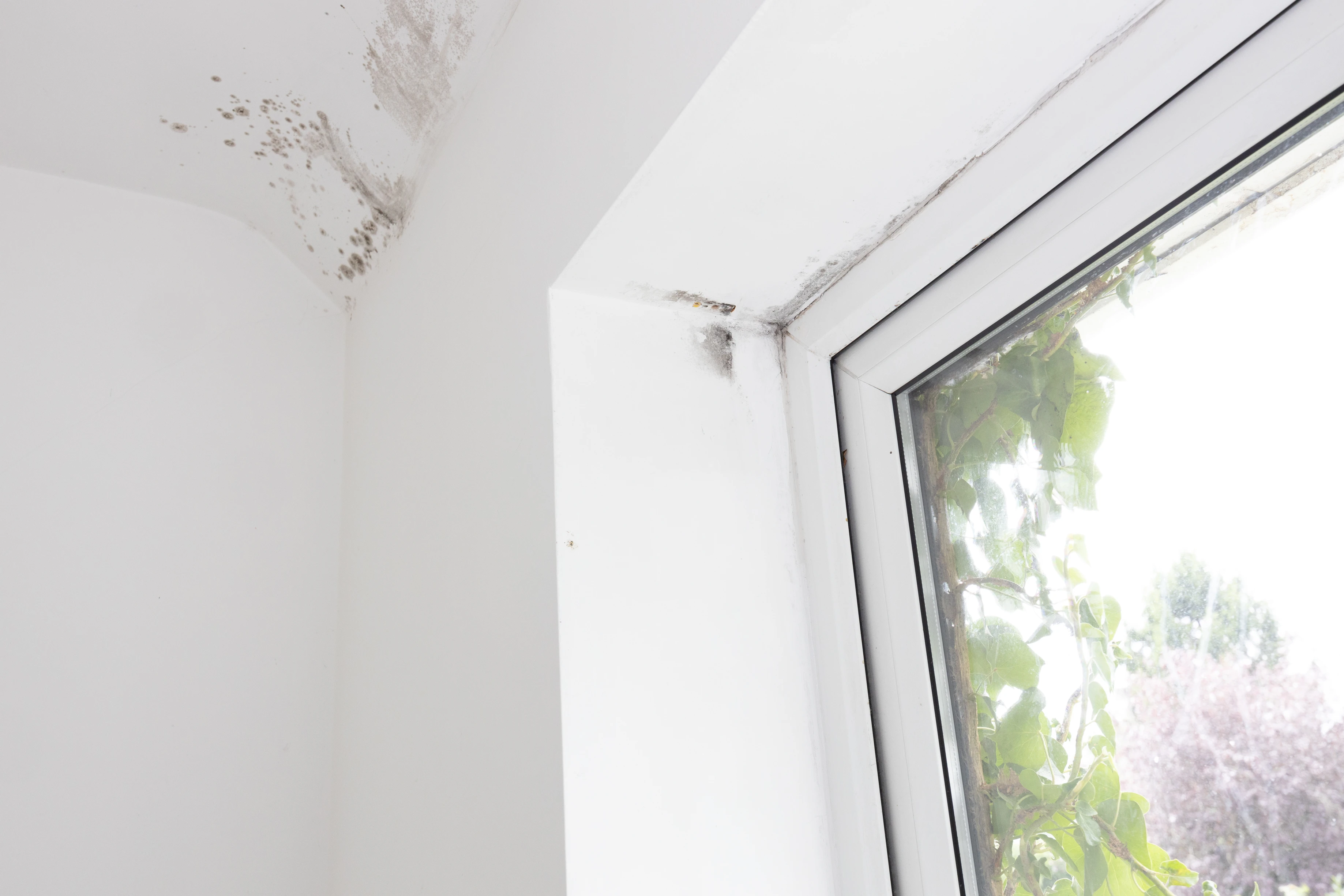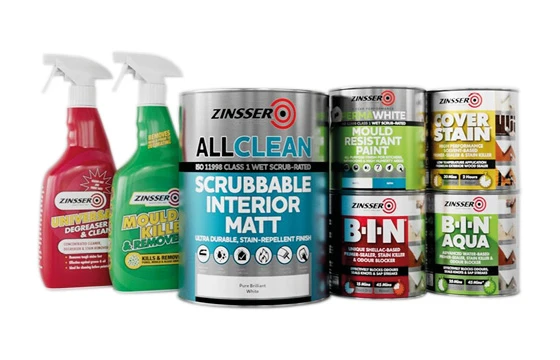Awaab’s Law: Everything You Need to Know
On 27th October 2025, the first phase of the Hazards in Social Housing (Prescribed Requirements) (England) Regulations 2025, also known as Awaab’s Law, came into effect. Bringing about significant change for social landlords, find out more about what the changes are and how it affects you in our guide.

What is Awaab’s Law?
In December 2020, two-year-old Awaab Ishak tragically died after developing a respiratory condition caused by prolonged exposure to mould in his home. This was despite Awaab’s father repeatedly raising the issue with Rochdale Boroughwide Housing (RBH).
Awaab’s Law is the result of a petition by Awaab’s parents, the Manchester Evening News and Shelter. The first phase of which came into effect on 27th October 2025.
The law has effectively inserted additional requirements into social housing tenancy agreements to improve the safety and wellbeing of tenants.
During the first stage, social landlords will need to address all emergency hazards and all damp and mould hazards that present a significant risk to tenants within a set timeframe. You’ll find more information on these timescales below.
Awaab’s Law: What does it mean for landlords?
The new regulations have brought additional responsibility for social landlords. Landlords must:
1. Investigate the hazards
- Within 24 hours for emergency hazards*, undertaking required safety work as soon as reasonably practicable.
- Within 10 working days for significant hazards**
2. Produce a written summary of the findings
- Delivered to the tenant within 3 working days of the investigation ending.
3. Carry out required safety work
- Within 5 working days of the investigation ending for significant hazards.
4. Undertake supplementary preventative work to prevent a significant or emergency hazard from recurring
- Within 5 working days of the investigation concluding.
- If work cannot begin within 5 working days, it must be done as soon as possible and physically started within 12 weeks.
- Preventative works must be complete within a reasonable time period. If not possible, suitable alternative accommodation must be secured at the landlord’s expense.
Throughout all of the above, the tenant should be kept informed and landlords should provide information on how they can keep safe.
*Emergency hazards are ones that pose an ‘imminent and significant risk of harm’ to the health and safety of the tenant.
**Significant hazards are defined at those that pose a ‘significant risk of harm’ to the occupier of the social home.
What happens if a social housing landlord breaches Awaab’s Law?
If a landlord has breached Awaab’s Law and not acted accordingly, tenants are able to seek court action against them, providing they have been unable to resolve the issue via other means.
If a complaint does reach court, a landlord could be ordered to carry out the repairs, pay compensation to the tenant and/or pay some or all of the tenant’s legal costs.
The future of Awaab’s Law
The rollout of Awaab’s Law will continue into 2026 and 2027, where the scope of the regulations will expand to offer further protection for tenants. In 2026, further regulations will be added around:
- excess cold and excess heat
- falls associated with baths etc., on level surfaces, on stairs and between levels
- structural collapse, and explosions
- fire, and electrical hazards
- domestic and personal hygiene and food safety
All remaining hazards as part of the Housing Health and Safety Rating System (HHSRS) will be included in 2027, with the exception of overcrowding.
Does Awaab’s Law apply to private landlords?
Currently, Awaab’s Law does not apply to private landlords. However, there are plans to extend the law to private landlords too, as part of the Renters’ Rights Bill. This is currently expected to come into effect in early to mid-2026.
Tackling Mould in Social Housing with Zinsser
In light of the rollout of Awaab’s Law, social housing landlords must prioritise addressing damp and mould within their affected properties. Zinsser offers a three-step system for treating and preventing mould inside properties: Prep, Prime and Protect.
The four products below are designed to provide an end-to-end mould treatment system. When used correctly, they provide an easy-to-use, effective way to treat mould.
Step 1: Prep
This water-based degreaser spray is the first step in our mould treatment system. It is effective at cleaning away any dirt, mould and mould residue from the walls to provide a clean surface for treatment and painting.
The Zinsser Mould Killer & Remover is a crucial step in our mould treatment system. It contains a fungicide that effectively kills and removes mould, fungus and algae. It is fast acting and perfect for use in high humidity areas that are notorious for mould growth.
Step 2: Prime
Mould build-up can often leave unsightly stains that can be difficult to cover. B-I-N AQUA® is our water-based primer, sealer, stain killer and odour blocker. With trace VOCs (<0.1%), it’s the third product in our mould treatment system, designed to prep the surface before painting.
Step 3: Protect
Zinsser PermaWhite®
PermaWhite® is our tough and scrubbable mould-resistant paint. It contains a biocide to protect the dried coating against fungal degradation and has trace VOCs (<0.1%). It is suitable for use in high-humidity environments like bathrooms and kitchens and is designed to resist cracking, peeling and blistering for up to seven years before first maintenance.
Our mould treatment system is used by many housing services as part of their commitment to tackling mould in social housing.
A representative from South Tyneside Council Housing Services said:
“Zinsser was the only brand we came across that featured a full system of products to tackle mould, from the cleaner all the way to the mould-resistant paint itself. We’ve been using Zinsser’s products now for years as a full end-to-end system.
By investing in Zinsser’s services, housing associations can create safer, healthier living environments while also saving on the long-term costs of recurring mould-related problems.”
If you’re part of a social housing association or a landlord, you can take advantage of our specification service. We have dedicated Area Business Managers across the country who can assess your specific project and recommend the products and quantities you’ll require to complete the work.
We know you’re busy, so take advantage of our expert knowledge and products to keep your tenants safe and remain compliant with Awaab’s Law.
More information about Awaab’s Law can be found at gov.uk.
Sign Up To Our Newsletter
Be the first to receive exclusive news, expert advice, competition details and more. Stay up to date with Zinsser and sign up to receive our email newsletter.
Contact
Computershare Governance Services
The Pavilions
Bridgwater Road
Bristol
BS13 8FD
Company number: 04503854
Tor Coatings Ltd
21 White Rose Way
Follingsby Park
Gateshead
Tyne & Wear
NE10 8YX
